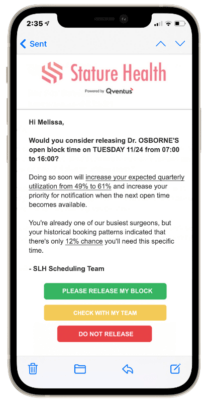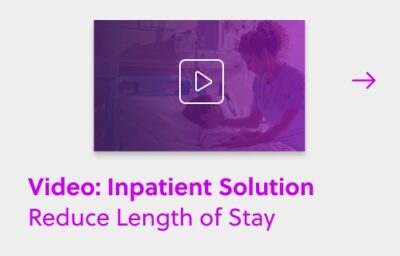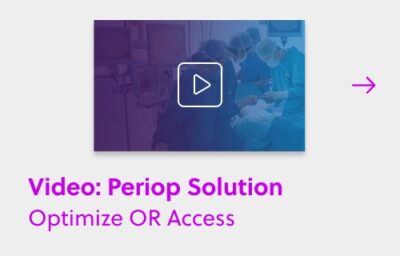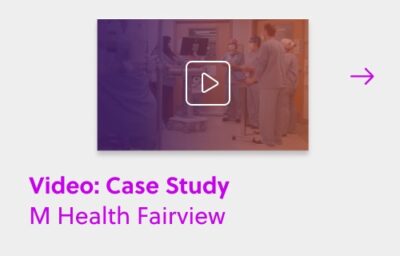This blog post is part of the Supercharging Perioperative Growth Series. To read the first installment in the series, click here.
By Mudit Garg, Co-Founder & CEO
It’s only natural to conserve scarce resources to be sure they’re there when you need them. That’s what surgeons tend to do with operating room “block time.” Block time lets them establish predictable schedules for themselves and their patients, and assures them of being able to do procedures in a timely fashion.
When they don’t need all their time, they should release it, but they often don’t. Their schedulers are too busy and may hang onto it “just in case,” and only release it when they’re absolutely sure they can’t use it – which may be too late for anyone else to use it. Typically 30% or more of available hours go unused, and the slots that can be rebooked on short notice can’t be used for procedures that require more lead time and may represent more value to the hospital.
How can automation help use this time more effectively and still keep surgeons comfortable that they’ll have OR time when they need it? Today’s surgical scheduling software employs various approaches, but most are partial solutions, addressing only one or two aspects of what’s really quite a complex problem.
Most EHRs and scheduling systems can be set to detect unscheduled block time a fixed number of days in advance and release it automatically. The hospital can choose the number of days, but if time is released far enough in advance to accommodate the lead time for many procedures (typically at least a week), the surgeon who “owns” the time might feel resistant, to the detriment of the hospital-surgeon relationship.
Some systems use more sophisticated rules to identify empty blocks farther in advance of autorelease and send automated emails to surgeons asking that they release the time. However, these reminders are generic: they can be noise for surgeons with shorter scheduling lead times, or they miss opportunities for earlier release for surgeons with longer scheduling lead times. They also create extra work because the surgeon’s scheduler has to double check that the time is really free before releasing it. On the other hand, some software using machine learning may be able to identify largely empty blocks but not specific slots within those blocks. Thus, even if the time is released, the hospital’s schedulers must determine exactly which slots are available before they can be offered to another surgeon, adding a manual administrative layer to a process that ought to be automatic.
However, software with advanced machine learning capabilities can learn the booking patterns of each block owner with great precision. With enough historical data, a genuinely intelligent machine learning model can predict up to 30 days out how likely it is that a surgeon will use a certain slot that hasn’t yet been scheduled, and employ principles of behavioral science to liberate it for use by another surgeon.
Here’s how these capabilities can transform the “market” for OR time:
First, the software can automatically send targeted, personalized “nudges” to surgeons and their schedulers. Rather than a generic and easily ignored reminder, schedulers receive a targeted message that requests the release of specific unscheduled slots and shows the exact odds that the surgeon will turn out to need that particular time. Because hospitals base their block allocations on how much time a surgeon actually uses, the “nudge” message can incentivize the release by showing how much the surgeon’s utilization percentage will improve if they release the time. The software uses its knowledge of surgeons’ needs and usage patterns to automatically align their interests with those of the hospital.

Second, because these targeted releases can typically free up OR time that would have previously gone unused, the department can more easily assure its surgeons that it can accommodate procedures outside of their assigned blocks, further reducing the perceived risk of releasing unused time.
And third, the department can begin to consider how to use its newly freed resources for strategic growth. We’ll talk more about that in our next post.
To learn more about how you can move beyond manual OR processes and use automation to drive strategic growth, download a complimentary copy of our white paper: The New Perioperative Growth Playbook: Six Winning Strategies Using Automation.


